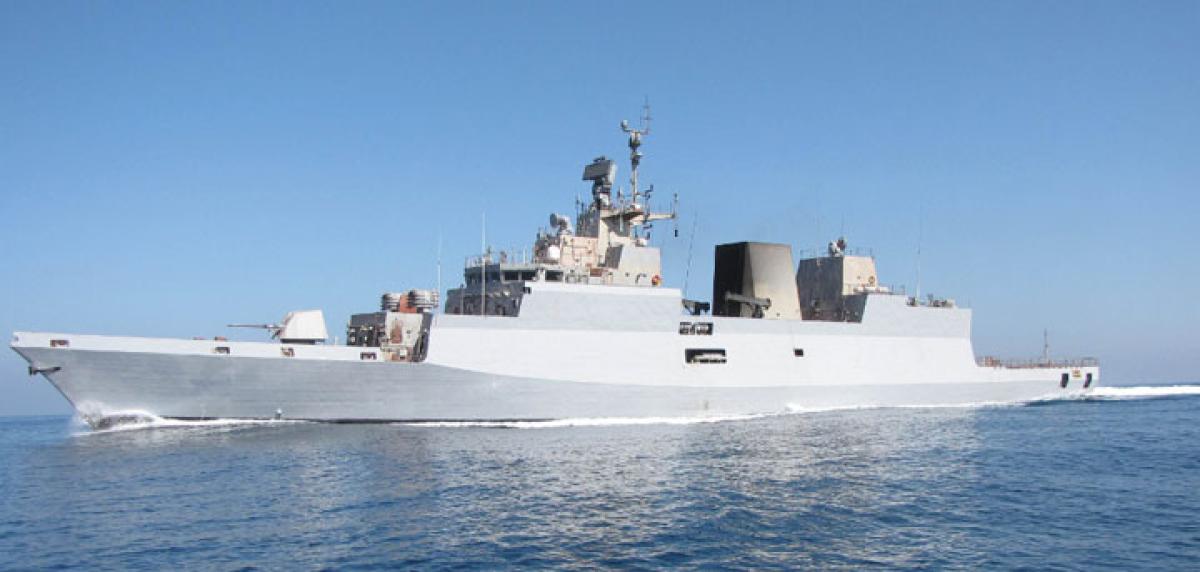On 23 August India commissioned its first 3,100-ton Kamorta-class (Project 28) corvette into service. Designed primarily for antisubmarine (ASW) warfare, the 358-foot ship was built domestically by Garden Reach Shipbuilding and Engineering Company. Launched in early 2010, the Kamorta has yet to receive her full armament and sensor load-out, but she is expected to be fitted with surface-to-air missiles, ASW rockets and torpedoes, a 76-mm gun, and possibly antiship missiles. In addition to carrying a single sub-hunting helicopter and hull-mounted sonar, a towed-array sonar system will be backfitted at a later date. Her four diesel engines enable a top speed of 25 knots and a maximum range of 3,450 nautical miles, and significant efforts have been made to reduce the vessel’s radar, infrared, magnetic, and acoustic signatures. The class can also be used for exclusive-economic-zone patrol, fisheries protection, and search-and-rescue duties. Three sister ships are under construction, and additional units are planned.
This past summer two capital warships from the Chilean fleet suffered serious damage in an at-sea collision. On 18 July the Type 23 (Duke-class) frigate Almirante Carlos Condell and the Scorpène-class submarine Carrera were conducing training exercises about 30 miles off the coast of Valparaiso when the vessels made contact. Though few details have been released, the submarine reportedly collided with the frigate’s stern, causing structural damage there as well as to the sail of the Carrera. In late August Chile’s defense ministry predicted both vessels would return to service by the end of 2014. The Almirante Carlos Condell was originally named HMS Marlborough and entered British service in June 1991; she was retired in 2005 and transferred to Chile in 2008 following refit. The submarine Carrera was ordered in 1997 and entered service in 2006, having been built jointly by DCN shipbuilders of Cherbourg, France, and Navantia shipyard at Cartagena, Spain.
Amid continued tension between Russia and the North Atlantic Treaty Organization over hostilities in Ukraine, NATO member nation Romania celebrated its annual Navy Day on 15 August along the coast of the Black Sea. This year’s Romanian Navy Day activities included a special international guest, as the U.S. Navy Ticonderoga-class cruiser USS Vella Gulf (CG-72) sailed into the port of Constanta in a show of friendship and support for regional NATO alliance members. A Romanian Puma helicopter landed aboard the Vella Gulf, and the festivities included a parade of ships featuring Romania’s Regina Maria, a retired British Type 22 frigate (ex-London, pictured here), as well as the Tarantul I–class patrol boat Zborul, and numerous other warships and craft. In addition, the Vella Gulf assisted with training and also exercised with Turkish and Georgian naval and coast guard forces while operating in the Black Sea.




